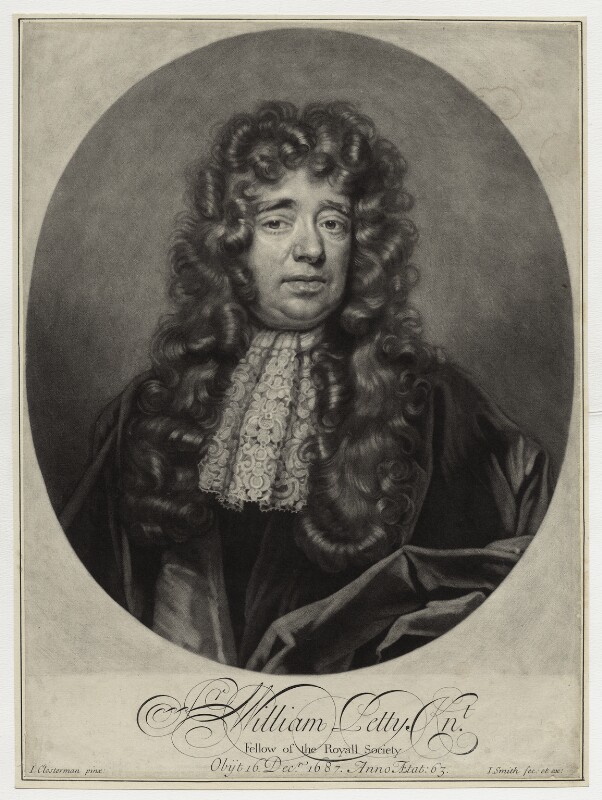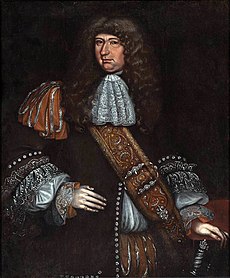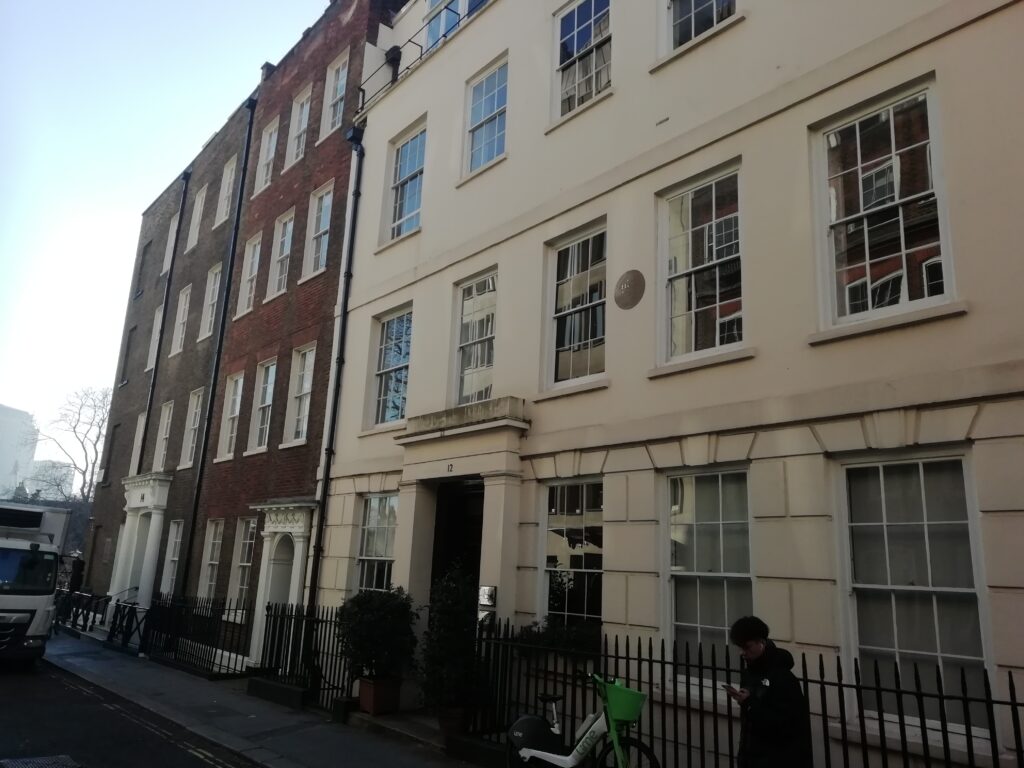
In 1650 Anne Greene was hanged for supposedly murdering and then concealing her unborn child. The fact she had miscarried at 17 weeks appears to have escaped the prosecution who argued concealment meant an admission of guilt.
When hanged, friends pulled at Anne’s legs and she was also battered with a musket to hasten her death. Her body was then placed in a temporary coffin. The coffin was reopened the following day for dissection to proceed but a faint pulse was detected. Physicians proceeded to administer: an enema of tobacco smoke ‘to warm her bowels’; a poultice; bloodletting; hot cordial; the tickling of the throat with a feather; and vigorous massages. Anne miraculously recovered. The original judge died shortly afterwards and Anne was set free. She later married and had three children.
One of the physicians who noticed her faint pulse was the remarkable William Petty. Despite no formal early education, Petty became a prominent scientist and one of the founding members of the Royal Society. As well as completing a supposedly impossible survey of Ireland he also developed scientific approaches to the study of economics and is said to have influenced Adam Smith, Karl Marx and John Maynard Keynes. Not bad for a doctor.

And he was a friend of Samuel Pepys. You see, Pepys is connected to everything and everyone!! Find out more on the walk this Saturday, 25th , 2pm



